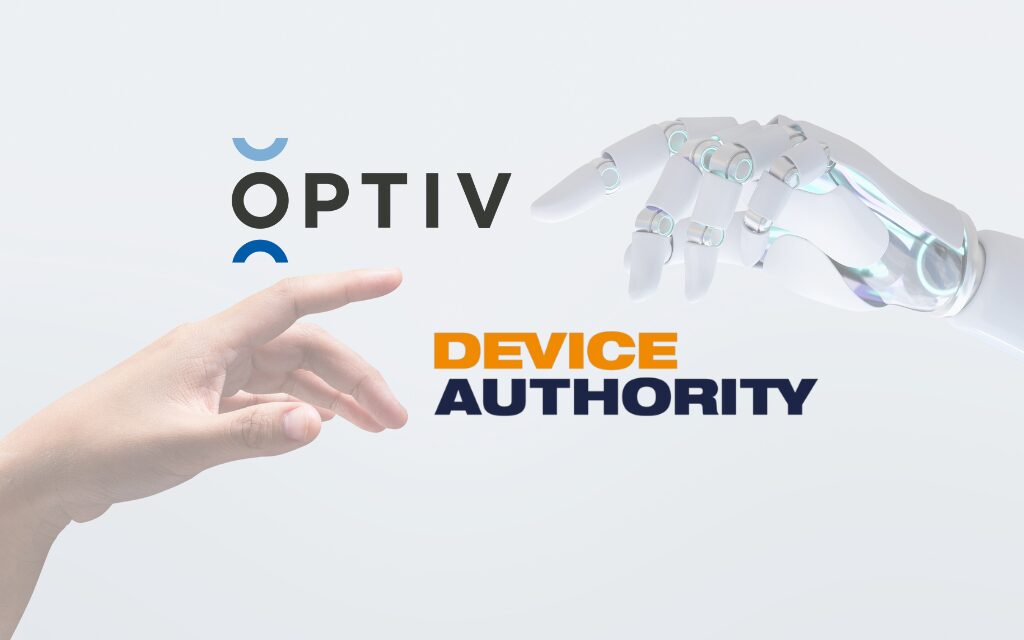Device Authority Announces Partnership with Optiv to Strengthen IoT and OT Security with Identity-First Approach
Device Authority Announces Partnership with Optiv to Strengthen IoT and OT Security with Identity-First Approach
Device Authority, a global leader in automated IoT identity security, today announced a strategic partnership with Optiv, the cyber advisory and solutions leader, to help enterprises secure their IoT and OT environments against identity-based attacks.
The partnership combines Device Authority’s KeyScaler® platform and KeyScaler-as-a-Service (KSaaS) solution, which delivers automated device identity lifecycle management at scale, with Optiv’s deep expertise in identity and access management (IAM). Together, the companies will provide enterprises with comprehensive solutions to protect IoT and OT endpoints, embed device trust into Zero Trust architectures, and strengthen resilience against evolving cyber threats.
Key benefits of the partnership include:
-
Securing the IoT/OT Landscape: KeyScaler automates the creation, rotation, and management of device identities, reducing risk across large, complex ecosystems. Optiv’s services enable enterprises to design, implement, and manage these capabilities for maximum protection of IoT and OT endpoints.
-
Zero Trust Architectures: By aligning Device Authority’s identity-first approach with Optiv’s advisory and integration expertise, organizations can ensure that only authenticated and authorized devices communicate across critical networks.
-
Integration with CyberArk for End-to-End Identity Security: Through Device Authority’s deep integration with CyberArk’s Identity Security Platform, enterprises can extend protection across both human and machine identities, securing credentials, secrets, and device identities across hybrid and cloud environments.
Darron Antill, CEO of Device Authority, said:
“This partnership with Optiv is an important step in helping enterprises protect their critical operations. The combination of KeyScaler’s automated identity management with Optiv’s proven security expertise ensures customers can embed trust into every connected device. Together, we are enabling organizations to scale securely, reduce complexity, and achieve compliance with confidence.”
The collaboration underscores the growing need for unified, identity-first strategies to address the rising risks in connected environments, particularly as cyber threats targeting IoT and OT systems continue to escalate.
